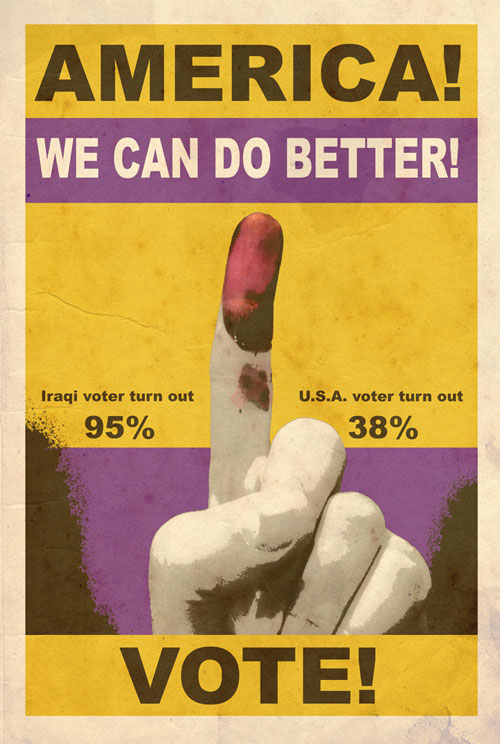If the U.S. can come to the assistance of banks and homeowners, surely it could offer a helping hand in the form of lower interest rates for students.
Like many recent college grads, Los Angeles resident Steven Lee finds himself unemployed in one of the roughest job markets in decades and saddled with a big pile of debt. He owes about $84,000 in student loans for undergrad and grad-school costs.
But what Lee's angry about isn't the slings and arrows of an outrageous economy, and it isn't the idea that he owes a ton of money for all the learning he's received.
It's the interest rates on his government-backed student loans, which range from 6.8% to a whopping 8.5%.
"That's just ridiculous," Lee, 35, told me. "The rate for a 30-year mortgage is around 5%. Why should anyone have to pay 8.5%?"
Well, because a deal's a deal, and that's the rate Lee accepted when he received his loan.
"I disagree," he replied. "The government has bailed out homeowners. It's bailed out big businesses. Why can't it also help students?"
Good question -- and one that's especially germane as tuition continues to soar at both public and private universities. The University of California is looking to raise its tuition by 32% next year to more than $10,000.
"If I was a student, I'd be outraged too," said Tony Hollin, chief executive of Edamerica, the seventh-largest provider of student loans nationwide, with about $1.6 billion in loans originated last year. "This is an issue that more people need to be aware of."
Edamerica lent $30,000 to Lee so he could get a master's degree in clinical psychology from the Santa Barbara campus of Antioch University. This followed Lee's earning a bachelor's degree in sociology and psychology from UC Berkeley.
Hollin said he'd love to charge market rates for student loans. Problem is, all of Edamerica's loans, and most of those provided by other lenders, fall under the Department of Education's Federal Family Education Loan Program.
The program allows private lenders to offer loans to students at subsidized rates. It helped service financial aid at more than 4,400 schools as of February, according to the National Assn. of Student Financial Aid Administrators.
By contrast, about 1,600 schools used direct loans provided by the Department of Education.
"I wish we could help students," Hollin said. "But the rates we charge are mandated by the federal government. We can't change them."
So Lee has a point. If the feds can come to the assistance of beleaguered banks and homeowners, why can't they offer a helping hand in the form of lower rates for students?
"That's a question I often ask myself," Hollin said.
Uncle Sam's influence over student loans could soon become even greater if Congress passes legislation that would essentially drive private lenders out of the market and leave federal programs as the main resource for people seeking help paying academic bills.
The Student Aid and Fiscal Responsibility Act (HR 3221) passed the House last month pretty much along party lines. It's now working its way through the Senate.
The bill would eliminate the Federal Family Education Loan Program, thus making student loans much riskier (and hence unattractive) for banks. The Education Department would continue offering direct loans and would presumably dominate the market.
Democrats say the legislation would free up more funds for Pell Grants and other financial aid. Republicans say the federal government would be playing too large a role in higher education.
"The bill will help restore America's global leadership in higher education, paving the way for a stronger economy," Education Secretary Arne Duncan said in a statement. "The bill ensures that more students who are willing to take responsibility for their education can go to college and earn a degree."
I have no problem with the government, rather than banks, deciding who gets a college education and who doesn't, just as it's the government's responsibility to ensure that everyone gets at least a high school education.
But what about people like Lee, who have completed their schooling and now find themselves struggling to get by as their high-interest loans come due?
For the next decade, Lee is obligated to send $445 to the federal government every month. That will pay down $37,000 in loans held by the Education Department, which acquired the debt from Edamerica and another lender, All Student Loans.
The interest rates on those loans range from 6.8% to 8.5%.
Lee owes nearly $14,000 more to Edamerica at a rate of 7.25%, plus $21,000 to All Student Loans at 6.8%. Then there's $12,000 owed to JPMorgan Chase & Co. at a more reasonable 5.2% rate.
In all, Lee is on the hook for about $1,000 a month in student-loan costs.
"I'm not saying I don't want to pay," he said. "I'm just saying I should pay a rate that's fair. If 30-year mortgage rates are near 5%, student loans should be close to that."
Jane Glickman, a spokeswoman for the Education Department, said rates under the Federal Family Education Loan Program are set by Congress. Any effort to change them would thus require congressional approval.
"It may seem high today," she said, "but remember it is a fixed rate. The comparable loan would be a fixed-rate unsecured loan or a private student loan. Even with excellent credit, you can't get one of those below 12% fixed, and the majority of students have no credit at all."
That's true. But then, the whole idea of a government-subsidized loan is to help fund the sky-high education costs of people who have nowhere else to turn. These are precisely the people who shouldn't be paying above-market interest rates.
Glickman said people like Lee do have options. They can apply for help under a program that pegs monthly loan payments to income levels. Or they can postpone payments for a set period, although they'll still be responsible for repaying the entire loan, and the interest will continue to accumulate.
"The problem with that," Lee responded, "is that I'd still have to pay an exorbitant rate. I'd just get to do it later."
I'm sympathetic, but only because the government has already shown itself to be a soft touch for banks, insurers, carmakers and especially for homeowners, who in many cases had no business taking out loans they couldn't repay.
In that context, I think it's perfectly reasonable for college students and recent grads to seek a little bailout of their own.
And if these people end up in positions of responsibility, and do a better job than those who came before (which isn't saying much), taxpayers can consider the loans money well spent.
"I wonder if President Obama and members of Congress know that people are paying 8.5% on loans," Lee said.
I wonder that as well. And if so, why aren't they doing anything about it?
David Lazarus' column runs Wednesdays and Sundays. Send your tips or feedback to david.lazarus@latimes.com
I am generally against the entire stimulus concept, but if we are bailing out banks, homeowners and care companies… we should consider bailing out students with loans. However… only if they are not enlisted into Americorps, Obama’s National Army or the the Obama Youth program… all in process.
This is one of the greatest problems with The Student Aid and Fiscal Responsibility Act (HR 3221). It will put the government in charge, even more, of not only the interest rates of student loans, but exchanges for repayment by serving in Americorps, a National Army or Youth Group. As well as the ultimate goal of telling kids what they can study, base on government wants and needs instead of what the student chooses or is good at.
We should be fighting The Student Aid and Fiscal Responsibility Act (HR 3221), working on using some of the stimulus money to help students with loans… without having to join socialistic youth programs, as well as taking a hard look into the plans and activities of all those organizations. ...Ask Marion~
The Beast That Swallows Its Young - Video
Related Resources:
College kids recruited to join Obama’s ‘army’
Obama Says We Need National Civilian Security Forces. WHY?
Is the National Civilian Security Force Obama Wants AmeriCorps?
Michelle Obama is Building Her Boot Camps For Radicals with Tax-Payer Money
The Dumbing Down of America Series
Posted: Knowledge Creates Power - Cross-posted: Daily Thought Pad




















No comments:
Post a Comment